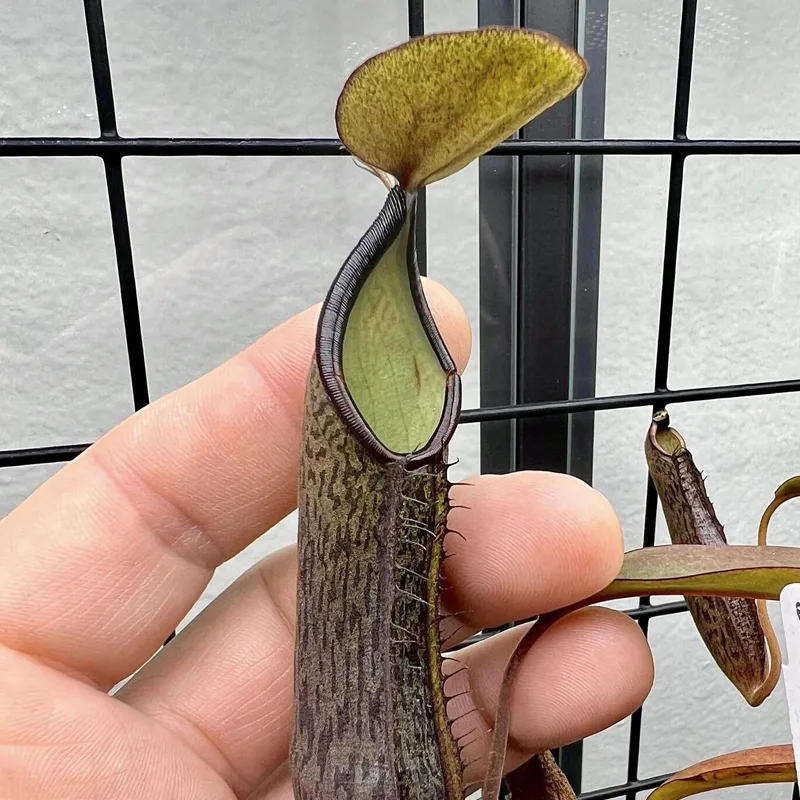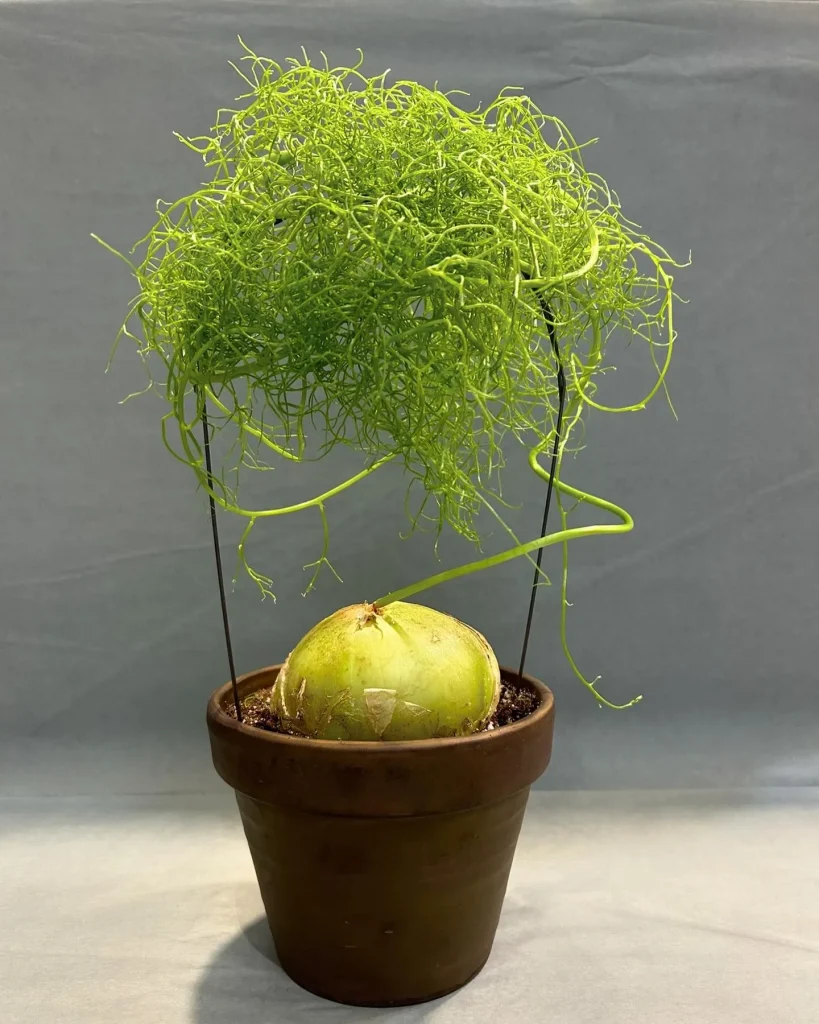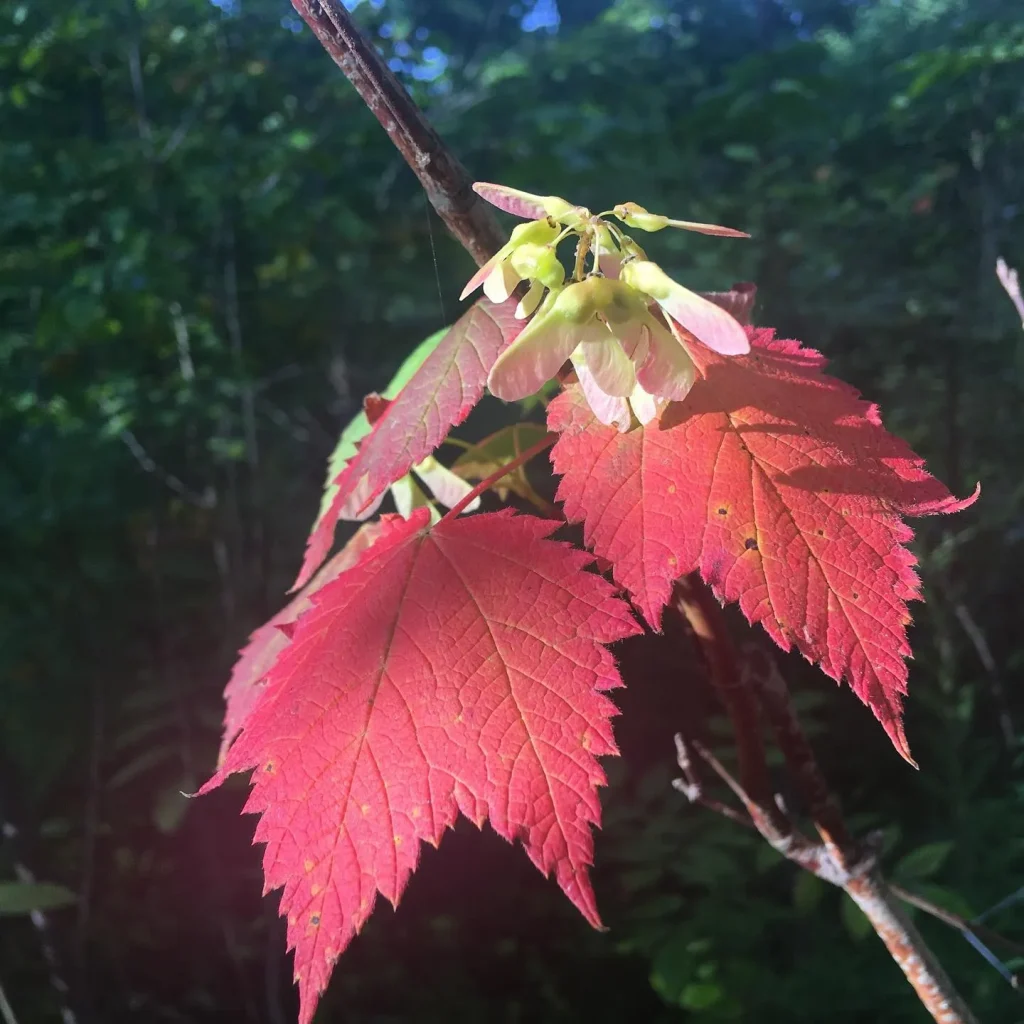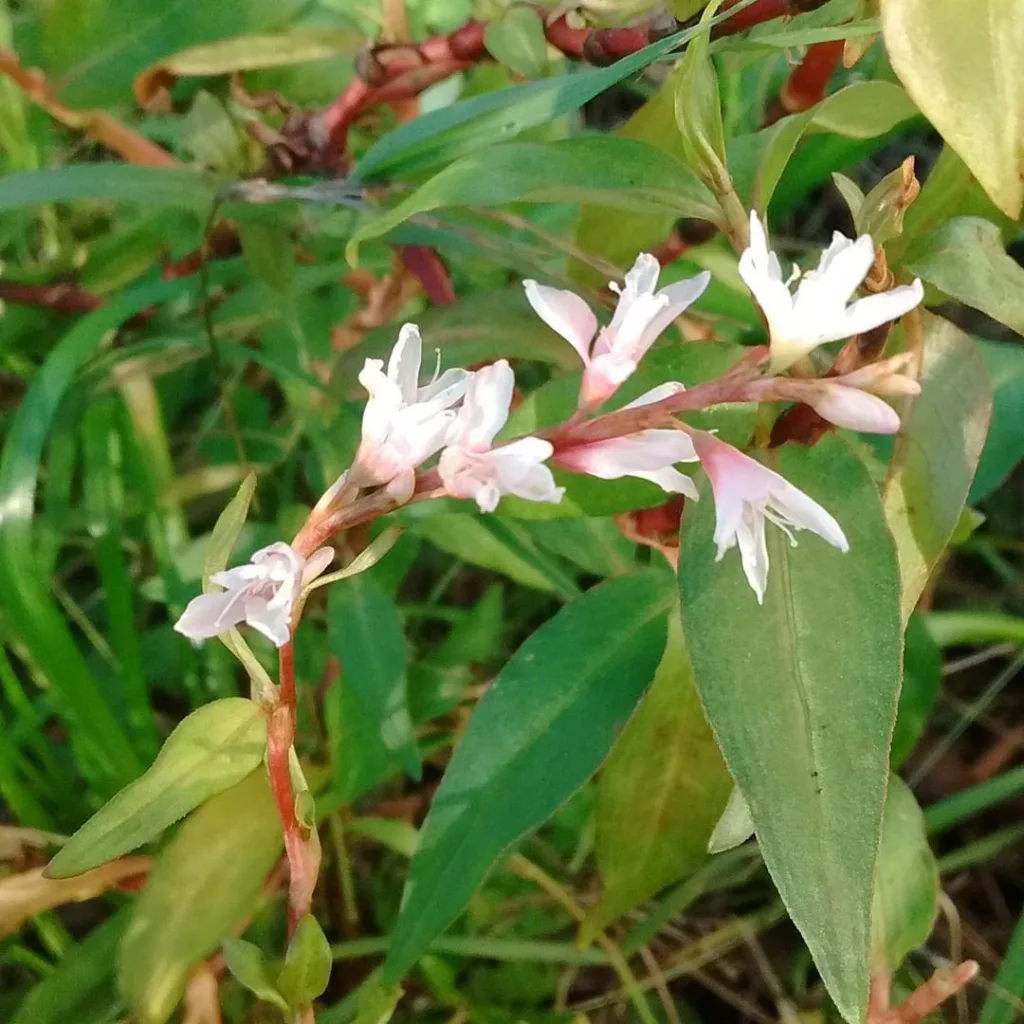My Love Affair with the African Daisy: An Ode to Osteospermum
The first time I saw an Osteospermum, I was captivated. It was a vibrant splash of color in a sea of green, a beacon of joy in the midday sun. The petals, a shocking shade of purple, radiated outwards from a deep blue center, like a miniature firework frozen in time. I was hooked. I had to learn more about this captivating flower.
What is African Daisy?
African Daisy, also known as Osteospermums, belong to the Asteraceae family, have become staples in my garden. These vibrant blooms bring a cheerful pop of color throughout the season, and their easy-going nature makes them perfect for beginner gardeners like myself.
Are African Daisies Really From Africa?
Despite their name, African Daisies hail from South Africa, where they thrive in the warm, sunny climate. Their scientific name, Osteospermum, comes from the Greek words “osteon” meaning bone and “sperma” meaning seed, likely referring to the plant’s hard seeds.
A Diverse Family
The genus Osteospermum boasts a diverse range of species, each with its unique charm. Here are:
- Osteospermum acanthospermum (DC.) Norl.
- Osteospermum aciphyllum DC.
- Osteospermum afromontanum Norl.
- Osteospermum amplectens (Harv.) Norl.
- Osteospermum angolense Norl.
- Osteospermum apterum (B.Nord.) J.C.Manning & Goldblatt
- Osteospermum armatum Norl.
- Osteospermum asperulum (DC.) Norl.
- Osteospermum attenuatum Hilliard & B.L.Burtt
- Osteospermum auriculatum (S.Moore) Norl.
- Osteospermum australe B.Nord.
- Osteospermum bidens Thunb.
- Osteospermum bolusii (Compton) Norl.
- Osteospermum breviradiatum Norl.
- Osteospermum burttianum B.Nord.
- Osteospermum calcicola (J.C.Manning & Goldblatt) J.C.Manning & Goldblatt
- Osteospermum calendulaceum L.f.
- Osteospermum ciliatum P.J.Bergius
- Osteospermum connatum DC.
- Osteospermum corymbosum L.
- Osteospermum crassifolium (O.Hoffm.) Norl.
- Osteospermum dentatum Burm.f.
- Osteospermum elsieae Norl.
- Osteospermum grandidentatum DC.
- Osteospermum grandiflorum DC.
- Osteospermum hafstroemii Norl.
- Osteospermum herbaceum L.f.
- Osteospermum hirsutum Thunb.
- Osteospermum hispidum Harv.
- Osteospermum hyoseroides (DC.) Norl.
- Osteospermum ilicifolium L.
- Osteospermum imbricatum L.
- Osteospermum incanum Burm.f.
- Osteospermum junceum P.J.Bergius
- Osteospermum karrooicum (Bolus) Norl.
- Osteospermum lanceolatum DC.
- Osteospermum leptolobum (Harv.) Norl.
- Osteospermum microcarpum (Harv.) Norl.
- Osteospermum microphyllum DC.
- Osteospermum moniliferum L.
- Osteospermum monocephalum (Oliv. & Hiern) Norl.
- Osteospermum monstrosum (Burm.f.) J.C.Manning & Goldblatt
- Osteospermum montanum Klatt
- Osteospermum muricatum E.Mey. ex DC.
- Osteospermum namibense Swanepoel
- Osteospermum nervosum (Hutch.) Norl.
- Osteospermum nordenstamii J.C.Manning & Goldblatt
- Osteospermum norlindhianum J.C.Manning & Goldblatt
- Osteospermum nyikense Norl.
- Osteospermum oppositifolium (Aiton) Norl.
- Osteospermum pinnatilobatum Norl.
- Osteospermum pinnatum (Thunb.) Norl.
- Osteospermum polycephalum (DC.) Norl.
- Osteospermum polygaloides L.
- Osteospermum polypterum (DC.) R.Sadler
- Osteospermum potbergense A.R.Wood & B.Nord.
- Osteospermum pterigoideum Klatt
- Osteospermum pyrifolium Norl.
- Osteospermum rigidum Aiton
- Osteospermum rosulatum Norl.
- Osteospermum rotundifolium (DC.) Norl.
- Osteospermum sanctae-helenae Norl.
- Osteospermum scariosum DC.
- Osteospermum sinuatum (DC.) Norl.
- Osteospermum spathulatum (DC.) Norl.
- Osteospermum spinescens Thunb.
- Osteospermum spinigerum (Norl.) Norl.
- Osteospermum spinosum L.
- Osteospermum striatum Burtt Davy
- Osteospermum subulatum DC.
- Osteospermum thodei Markötter
- Osteospermum tomentosum (L.f.) Norl.
- Osteospermum triquetrum L.f.
- Osteospermum vaillantii (Decne.) Norl.
- Osteospermum volkensii (O.Hoffm.) Norl.
African Daisy vs Gazania
Gazanias have a more vibrant array of colors, but I find African Daisies more resilient to varying weather conditions, which makes them easier to grow in my garden.
African Daisy vs Gerbera Daisy
Gerbera Daisies are stunning indoors with their large, colorful blooms, but I prefer African Daisies for outdoor planting due to their hardiness and ability to thrive in direct sunlight.
African Daisy vs Shasta Daisy
Shasta Daisies have a classic charm and larger blooms compared to African Daisies, though I find African Daisies bloom more consistently throughout the summer months, adding a splash of color to my garden beds.
African Daisy vs Cape Daisy
Cape Daisies offer a wider range of color variations, but I appreciate African Daisies for their compact growth and how they brighten up my garden borders without needing much maintenance.
African Daisy vs. Blanket Flower: Striking Similarities
Blanket Flowers (Gaillardia spp.) share a similar daisy-like appearance with African Daisies. Both come in a range of vibrant colors and thrive in full sun. However, Blanket Flowers tend to have more single-petaled blooms and a shorter bloom time compared to African Daisies.
Perennial or Annual? It Depends Where You Live
African Daisies can be enjoyed as either perennials or annuals, depending on your climate. In warmer regions (USDA hardiness zones 9b-11), they’ll happily return year after year, adding a touch of familiarity to your garden. However, in colder climates (zones 9a and below), they’re typically treated as annuals, needing to be replanted each spring.
Sun Worshippers: Where to Plant Your African Daisies
Just like their South African origins suggest, African Daisies are sun worshippers. They crave at least 6-8 hours of direct sunlight daily to flourish and produce an abundance of blooms. When planting, choose a location that receives ample morning sun. Afternoon shade, especially in very hot climates, can be beneficial to prevent the flowers from scorching.
Soil Secrets: Drainage is Key
African Daisies aren’t fussy about soil type as long as it drains well. Soggy roots are a recipe for disaster, so avoid planting them in heavy clay soil. Amending the soil with compost or sand before planting can significantly improve drainage. Aim for a slightly acidic to neutral pH level (around 6.0 to 7.0) for optimal growth.
Watering Wisely: Finding the Balance
African Daisies are surprisingly drought-tolerant once established. They thrive on an inch of water per week, which can come from rainfall or irrigation. The key is to water deeply and allow the soil to dry slightly between waterings. Overwatering can lead to root rot, so it’s better to err on the side of underwatering.
Feeding Frenzy: How to Keep Your Daisies Happy
While African Daisies aren’t heavy feeders, a monthly dose of water-soluble fertilizer during the growing season (spring to fall) can encourage continuous blooming. Opt for a balanced fertilizer formulated for flowering plants.
Deadheading for More Blooms
To extend the flowering season and promote bushier growth, deadhead spent blooms regularly. Simply pinch off the wilted flower head just below the base. This encourages the plant to put its energy into producing new blooms instead of setting seed.
Common Pests and Diseases: Keeping Your Daisies Healthy
African Daisies are generally pest and disease resistant. However, they can be susceptible to aphids, snails, and slugs, which can be controlled with organic methods like insecticidal soap or neem oil. Fungal diseases like powdery mildew might occur in humid conditions. Ensure good air circulation around the plants and avoid overhead watering to prevent fungal issues.
A Constant Source of Inspiration
For me, Osteospermum represent resilience, beauty, and diversity. They remind me that even in harsh conditions, life can flourish and bring joy. Whether I’m admiring a single bloom or a whole field of these vibrant flowers, I’m always filled with a sense of wonder and appreciation. They’re a constant source of inspiration, reminding me to embrace life’s vibrancy and to find beauty in the everyday.
If i die, water my plants!



